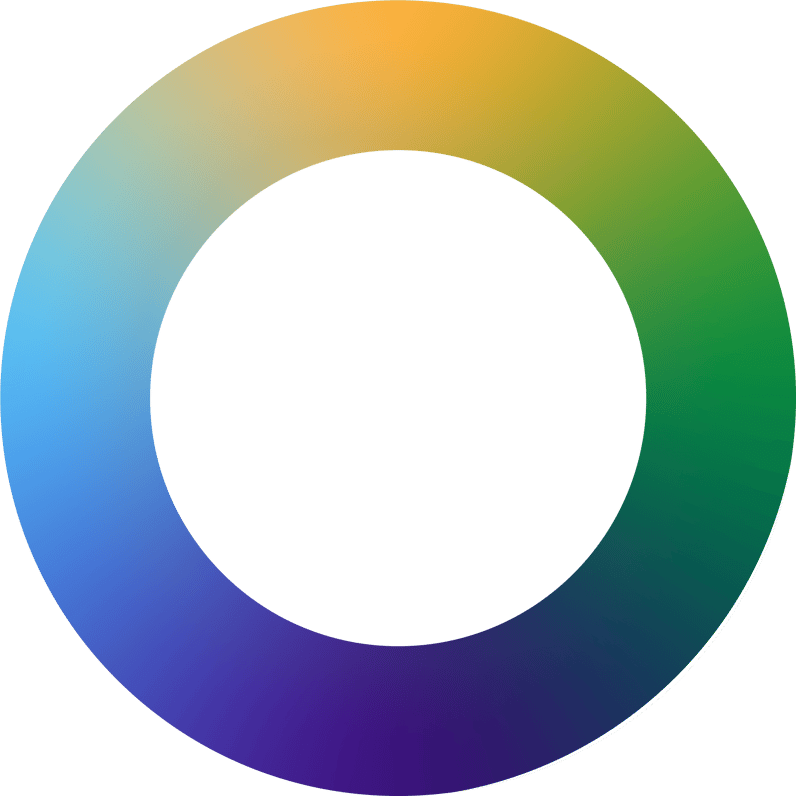As the name implies, the rise of the telecom expense management industry 20 years ago was focused exclusively on management of telecom expenses. It was about the search for savings inside the invoice. No one disputes that billions of dollars in overcharges, et al were silently being borne by organizations too busy running their businesses to dig into a carrier invoice, compare it to a contract or inventory, and fight the discrepancy. With the advent of TEM, the visual of the bill auditor in a green visor searching for savings gave way to software and services that could handle the growing complexity of the market. In 2008, with a global recession and organizations desperate to find savings, TEM—rightfully so—went from being a nice-to-have to a must-have.

Flash forward to today, and the focus is no longer just telecom and networks, but on the need to track and manage ALL recurring IT expenses including SaaS, cloud, collaboration tools, and the hardware that IT runs on. The asset—the individual device or service that DRIVES the expense—sits at the very center of the IT lifecycle of which expense is only one part.
The asset acting as the sun around which all the planetary services revolve revealed one fatal flaw in the TEM model: the reliance on providers to supply the crucial asset data needed to manage the expense. Little things like contract end dates, circuit IDs, IP addresses, etc… If the carriers were any good at providing visibility, there wouldn’t have been any need for TEM in the first place! (The irony of course is that companies spent millions of dollars trying to obtain asset information that was rightfully theirs.)
True, TEM firms had some success scraping asset clues from invoices, contracts, and spreadsheets. But let’s be honest and admit that TEM became about processing invoices; manually loading them into a system to capture some data and get the bill paid. It’s no surprise that clients ping ponged between players looking for a fix that couldn’t be found. The problems persisted because the core issue was never addressed: that expense is only one piece of a much larger puzzle.
The fact is that IT can’t entirely manage an expense without managing the planning, procurement, and operation of that asset as well. The only road to 100% visibility and control is to say: “I know everything about this asset: I designed it. I sourced it. I contracted it. I have the Ts & Cs. I manage the order and the inventory. I manage how it’s serviced. I understand the invoice associated with the asset, I pay it, and I report on it.”
This isn’t revolutionary thinking. Way back in 2014 AOTMP asked the question in its research study Is TEM Dead? Telecom Expense Management: Only Part of the Solution. In its 2020 Market Guide for Telecom Expense Management Services, Gartner affirmed that businesses want TEM providers “to take on an increasing role in also offering lifecycle management services.”
Understanding the problem is one issue; solving it is another.
At vCom we operate under the belief that there are nine interconnected jobs that need to be done around every single IT asset. And that if you neglect one, the value of the whole is diminished. This is a monumental shift in philosophy for a lot of organizations, especially those who have been kicking the can of pain down the road for decades with traditional TEM.
Here are the nine phases and how they work together:
- Solution Design – Where does the asset fit into your plan? What’s the strategy for designing your technology architecture?
- Sourcing – Who procures the asset? How do you determine what solution best meets your needs? Importantly: will you have access to the required data to track the asset in perpetuity?
- Contract Management – Who’s negotiating the price and terms? How will you ensure you have negotiated the best terms and conditions?
- Order Management – Who is handling the order process and implementations? Making sure the vendor is doing as promised? That the asset works correctly?
- Asset Management – How are you tracking your inventory? Is it centralized? Do you know exactly who is using what and where? And are you being billed for retired assets?
- Service & Support – Are you seeing action on your trouble tickets or are you in dispute with the provider?
- Invoice Management – Is the invoice correct? How do you know? Do you understand every charge before approving for payment?
- Accounting – Are you automatically allocating costs to the right cost center and managing against your budget?
- Analytics – How is it all working? Are there areas for optimization?

Traditional TEM could only offer this type of model through a la carte services that were a) just another information silo and b) expensive. There was always an information gap so businesses could never achieve the visibility or control they desired. Repeatedly switching vendors in a futile attempt to correct the outcome created even more frustration and is, some would say, the very definition of insanity.
A perspective shift that puts the asset at the center of the equation also, significantly, acknowledges the equal value of each of the nine phases. That in turn gives rise to the need to centralize all IT spend management under one vendor to eliminate silos and information gaps, and one-stop management of and visibility into planning and procurement, operations, and finally, expense. One ring to rule them all!
Is there some pain involved in making the shift to this philosophy? Yes. Trying to centralize all the data from multiple vendors after the fact can take time. But it is well worth the pain when you begin to see the results. When you can lay hands on a 4-year old contract and know what it’s tied to. When you can see company data usage and costs together and calculate the saving opportunities or recognize the need to make changes.
The problem that TEM attempted to address beginning two decades ago has increased exponentially and failed to do the job. With the proliferation of technologies for IT and Finance to manage, it has become impossible without making this shift. Only by managing your IT assets as a whole—from soup to nuts—can you achieve as darn close to IT lifecycle management nirvana as is possible.
Gary Storm is the CEO of vCom Solutions and has spent over two decades helping midsize and enterprise organizations take control of their IT lifecycle. LinkedIn: https://www.linkedin.com/in/gstorm



